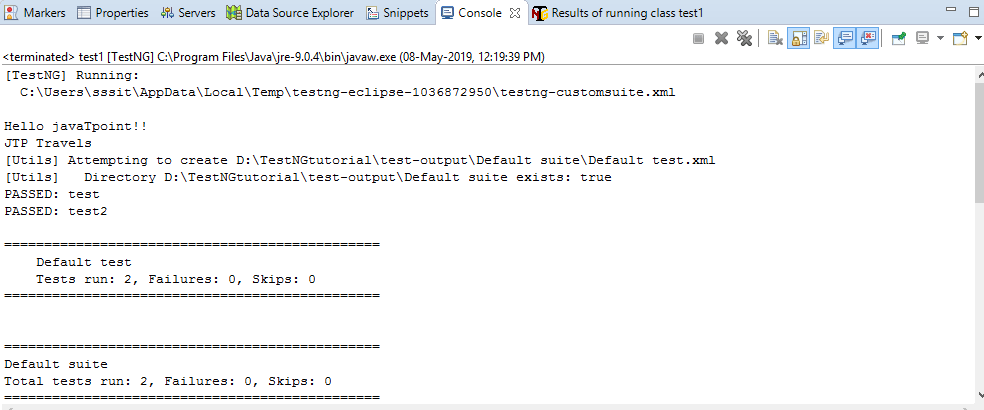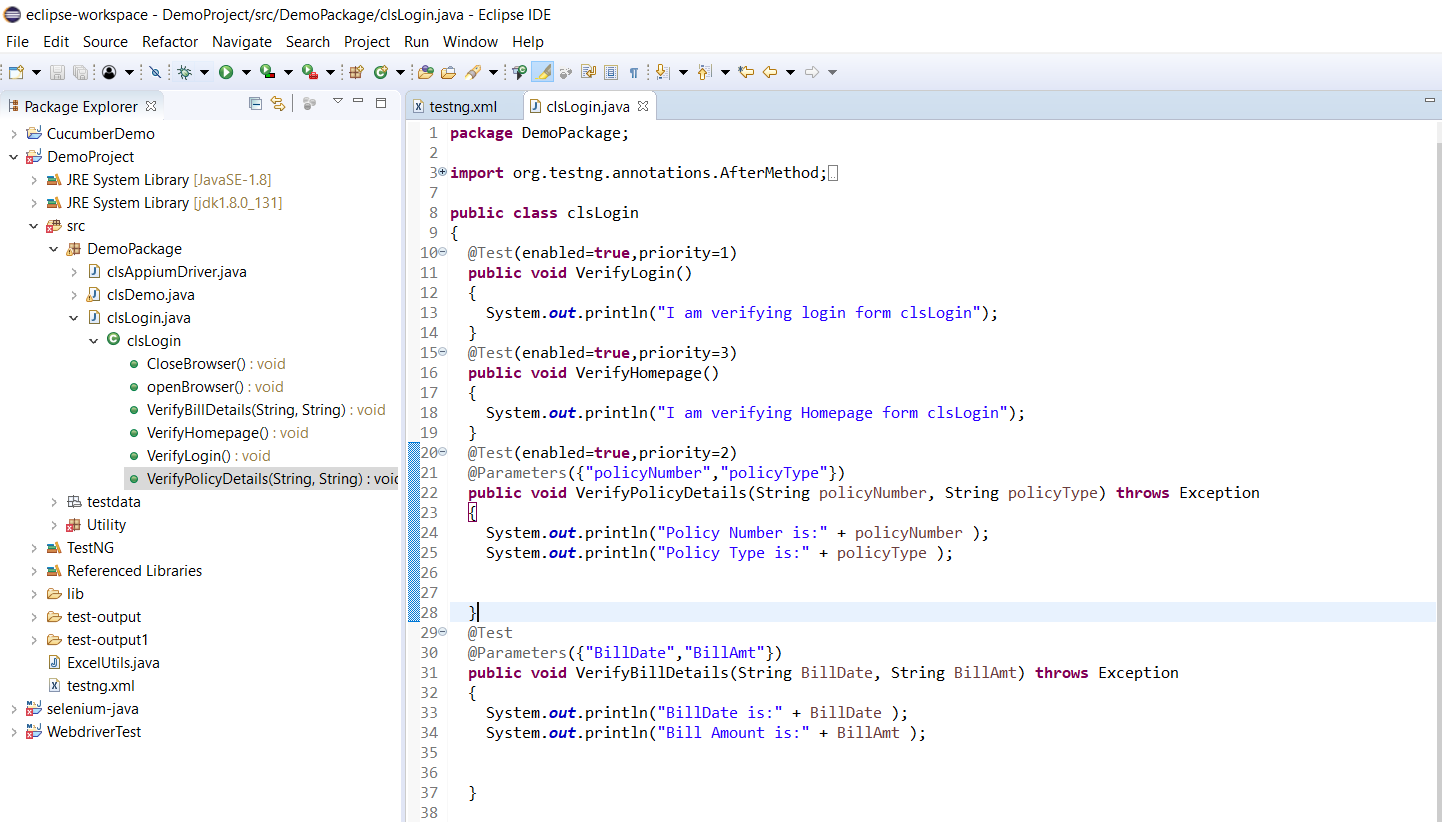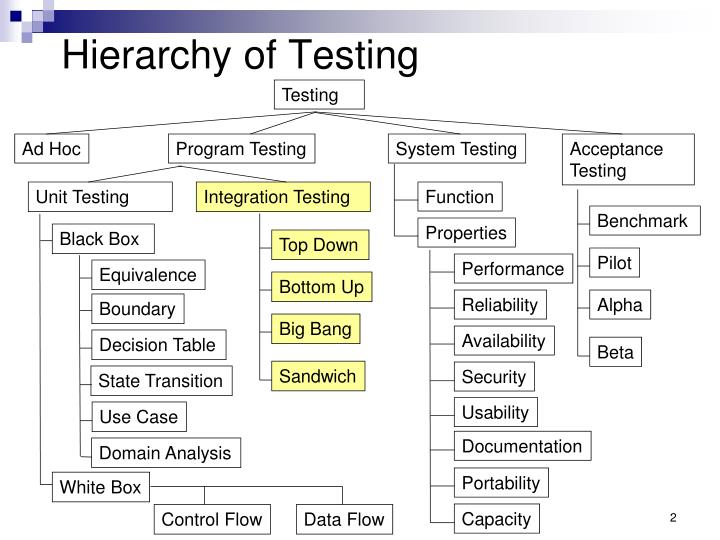
- #TESTNG ANNOTATIONS HIERARCHY WITH EXAMPLE IN XML FILE HOW TO#
- #TESTNG ANNOTATIONS HIERARCHY WITH EXAMPLE IN XML FILE CODE#
- #TESTNG ANNOTATIONS HIERARCHY WITH EXAMPLE IN XML FILE DOWNLOAD#
#TESTNG ANNOTATIONS HIERARCHY WITH EXAMPLE IN XML FILE DOWNLOAD#
Download Eclipse IDE for Java EE Developers based on system configuration(32-bit or 64-bit ).

#TESTNG ANNOTATIONS HIERARCHY WITH EXAMPLE IN XML FILE HOW TO#
If you don't know how to setup please follow the tutorial here - Selenium Webdriver and TestNG setup in Eclipse. In order to continue further one should setup the TestNG plugin and add the TestNG jar file to the project build path in eclipse. Let's see how we can use above annotations in out automated tests.


The method must return Object[ listeners on a test how to pass parameters to a a class or a method as part of the test.

The method that wants to receive data from this DataProvider needs to use a dataProvider name equals to the name of this a method as a factory that returns objects that will be used by TestNG as Test classes. The annotated method must return an Object where each Object can be assigned the parameter list of the test method. This method is guaranteed to run shortly after the last test method that belongs to any of these groups is annotated method will be run before each test annotated method will be run after each test a method as supplying data for a test method. This method is guaranteed to run shortly before the first test method that belongs to any of these groups is list of groups that this configuration method will run after. Here is the list of annotations that TestNG annotated method will be run only once before all tests in this suite have annotated method will be run only once after all tests in this suite have annotated method will be run only once before the first test method in the current class is annotated method will be run only once after all the test methods in the current class have been annotated method will be run before any test method belonging to the classes inside the tag is annotated method will be run after all the test methods belonging to the classes inside the tag have list of groups that this configuration method will run before. TestNG made the choice to use annotations to annotate test classes. were formally added to the Java language in JDK 5 and
#TESTNG ANNOTATIONS HIERARCHY WITH EXAMPLE IN XML FILE CODE#
Let’s go through a code example test class that has 4 methods that belong to 2 groups as shown in the code example. For example, we can have the following groups and segregate the methods like:įirst things first, we look into an example of how to group test methods in the TestNG framework. We can execute the test methods that belong to the group. In the TestNG framework, we can group multiple test methods into one group. In this post, we will go through TestNG test Groups.


 0 kommentar(er)
0 kommentar(er)
